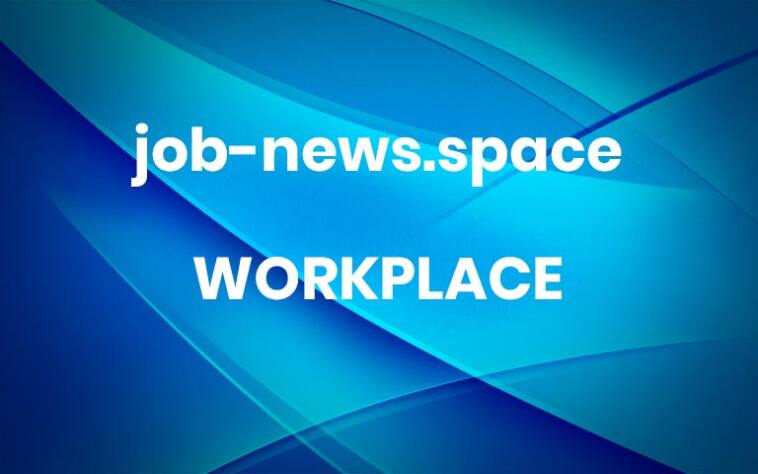Revitalizing Workplace Morale: Innovative Tactics for Boosting Employee Engagement in 2024
This year it has become increasingly evident that the success of any organization hinges upon its most valuable asset: its people. As the modern workforce continues to evolve, it’s imperative that employers acknowledge the pivotal role employees play, particularly when it comes to the success of their companies. One pressing issue that demands attention and has the power to threaten profitability right now is employee satisfaction.
Recent studies show that job satisfaction ratings are shockingly low, with nearly 22% of professionals describing their job satisfaction as excellent. This distressing figure dwindles further to 13% among non-supervisory employees. This stark contrast underscores the pressing need for employers to address the growing dissatisfaction among their workforce.
To reinvigorate workplace morale and supercharge employee engagement, organizations must take a people-centric approach to achieving their desired results, and prioritize employee well-being and satisfaction as a strategic contribution to long term success.
Well-Being Over Salary
In recent years, it has become clear that people are placing a heavy importance on work-life balance. Surprisingly, well-being has taken precedence over salary as the top contributor to job satisfaction with more employees seeking balance between their professional and personal lives.
Outdated views of traditional success, solely measured by financial compensation, are evolving and organizations that recognize the significance of fostering environments where employees can flourish both inside and outside the office are better equipped to attract and retain talent. By developing innovative policies – such as flexible work hours, remote work options, enhanced leave policies, and upskilling, reskilling programs – organizations can create more inclusive and adaptable workplace culture. These types of initiatives not only benefit individual employees but also promote a diverse and engaged workforce.
Embracing the concept of success as a multifaceted endeavor that includes personal growth, work-life balance and skill development aligns with the changing dynamics of the workforce. As a result, forward thinking companies are not only investing in their employees’ professional development but also in their overall well-being, leading to increased loyalty, productivity and revenue.
Redefining Performance Reviews
Standard performance reviews aren’t cutting it as new data strongly supports creating new standards to evaluate employee performance as annual or semi-annual reviews no longer align with the pace of most workplaces. Instead, to cultivate a sense of engagement and transparency, more frequent and goal-oriented performance reviews prove more effective for both employees and managers alike. Instead of waiting months to provide feedback, organizations are shifting toward continuous performance assessments, allowing for real-time adjustments, growth, and development.
It is crucial to create awareness of an individual’s impact on company goals and their peers. By shifting away from merely evaluating an individual’s performance to assessing an employee’s impact, you can help connect their work to strategic priorities and those around them. People who discuss their effects on overall objectives and peers are 2x more likely to rate the performance of the organizations as excellent and to feel recognized by leaders.
Fostering Inclusivity and Cultural Harmony
Despite being at the forefront of the larger corporate agenda for some time now, many diversity, equity and inclusion (DEI) initiatives still miss the mark when it comes to creating truly inclusive environments. A glaring issue is the notable lack of focus on empathy, which can have a detrimental impact on an organization’s culture and morale.
To have an inclusive workplace, one that emphasizes belonging, business leaders need to break down the walls that stereotypes have built. Successful DEI programs excel in cultivating a culture that fosters open, sincere, and introspective conversations. These are the types of dialogues that can amplify eagerness and motivation to collaborate—enhancing overall engagement, retention, and success. But oftentimes, it can be difficult to have these conversations. To combat this, organizations need to ensure their workplace is that of an outward mindset, one where individuals can develop a genuine appreciation for diversity and actively seek ways to dismantle systemic barriers.
To truly change an organizational culture, leaders need to address the harmful beliefs and behaviors that hold people back. By shifting mindsets, organizations can pave the way for real change to create inclusive workplaces that embrace diverse perspectives and make everyone feel valued and included.
Embracing Collaborative Technology
With remote and hybrid work arrangements becoming the new norm, these changes present a need for effective collaboration in a dispersed workforce. Organizations must embrace collaborative technology that empowers employees to work seamlessly whether they are in office, working fully remote or somewhere in between.
Tools, including video conferencing platforms, project management software, and virtual whiteboards, are essential for fostering productive teamwork across physical boundaries. As well, encouraging a culture of digital collaboration through providing training and resources is essential to maximize the potential of these technologies. Effective collaboration not only enhances productivity but can reinforce a sense of unity and engagement among employees, regardless of their physical location.
Cultivating a Positive Culture
More than a buzzword, crafting a positive company culture can be a catalyst for employee engagement and productivity. United by shared values, a sense of belonging, and a greater focus on well-being, employees are more likely to feel motivated and committed to their work and the organization’s goals. A sense of purpose can significantly diminish feelings of isolation, or alienation and can make the workplace a more fulfilling environment.
Revitalizing workplace morale in the year ahead will require outside the box thinking and tactics like prioritizing of work-life balance, fostering empathy-centric DEI initiatives, redefining performance reviews, embracing collaborative technology and the cultivation of positive cultures to propel companies toward a brighter future of increased employee engagement and satisfaction. By embracing people-centric approaches, organizations can create workplace environments where employees are not only productive but also genuinely fulfilled.
The Arbinger Institute is the innovator of leadership and professional development that empowers leaders to transform their organization’s culture to achieve lasting business results.
Share this post: More





